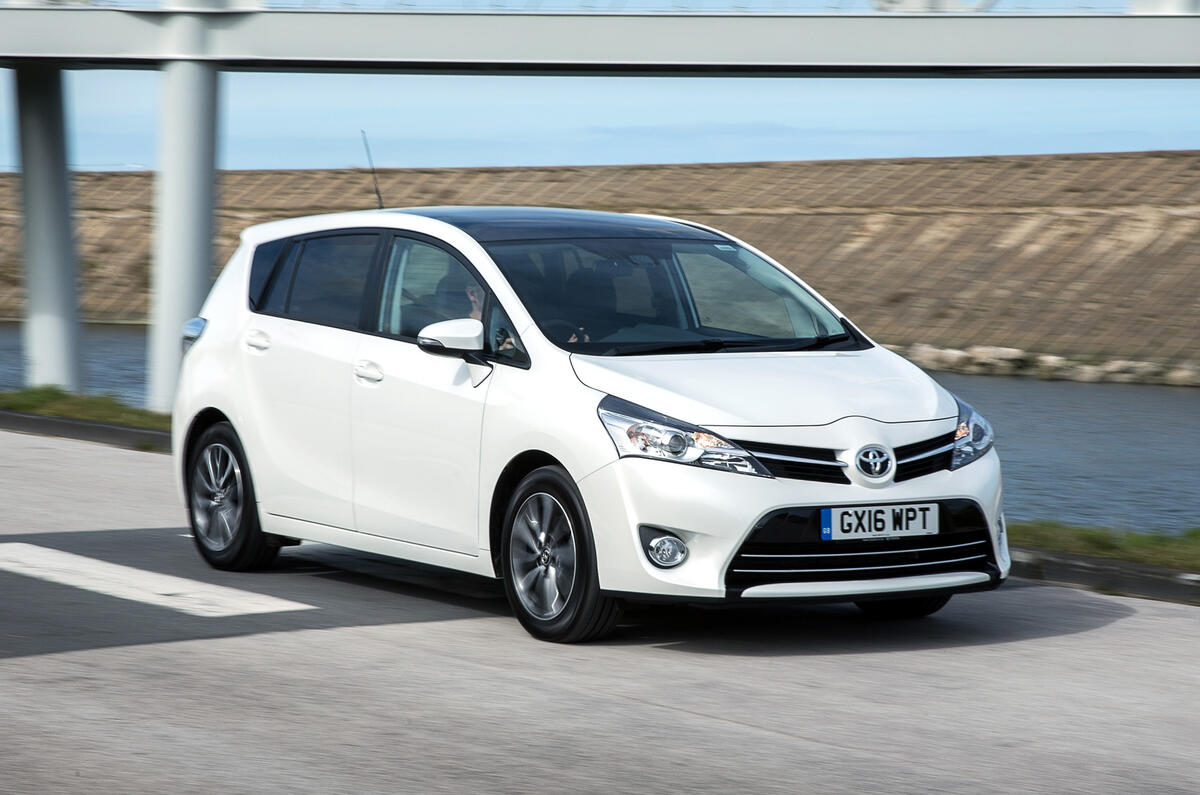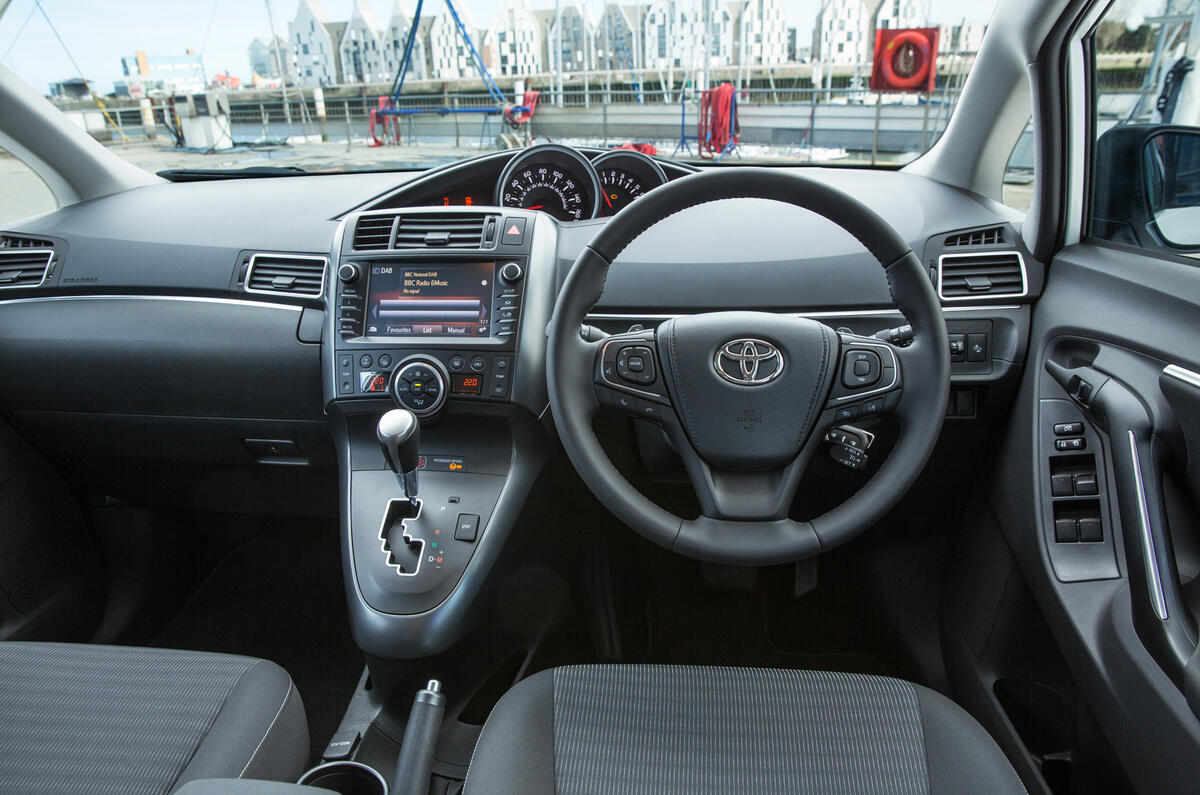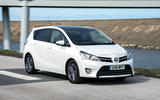The Toyota Verso MPV is offered in both five and seven-seat form, and with a choice of two petrol engines and a single diesel option.
It competes in an exceptionally hard-fought category, with the likes of the Ford S-Max, Vauxhall Zafira, Seat Alhambra, Volkswagen Touran and Citroën C4 Grand Picasso ensuring buyers have plenty of choice.
Toyota responded to this competition by facelifting its existing version of the Verso in 2013, giving the car an overhauled exterior and interior look, as well as making under-the-metal changes to make the car quieter and more comfortable.
This was achieved by fitting improved sound damping between the engine bay and cabin, and also by reducing wind noise with the fitment of smaller door mirrors.
In addition, the MacPherson strut front and torsion beam rear suspension setup was treated to revised damper settings, and the steering control software rejigged for a more linear response. There are also now more weld points at the back and extra reinforcement in the front suspension mountings to enhance rigidity.
The result is a car that is much better than its predecessor and which, depending on your priorities, could earn a place on your buying shortlist. The Verso is now a quiet, lean, comfortable and altogether likeable people carrier.






























